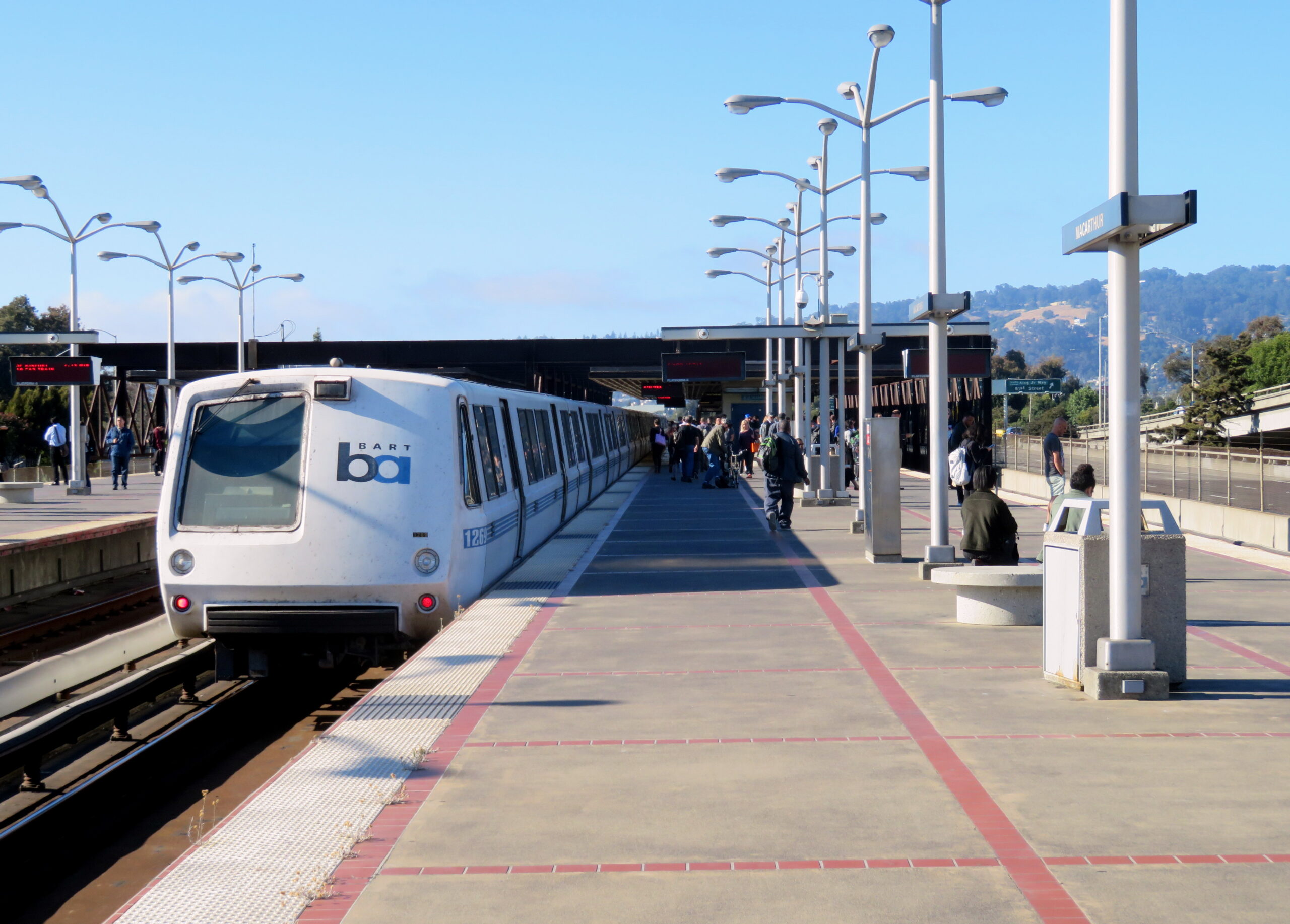Location, Location, Location: Winning (and Losing) the Housing – Transit Lottery

Do people have innate transportation preferences that they express independently of their living conditions, or does the built environment of our neighborhoods influence those preferences? New evidence from researchers at UCLA and UC Santa Cruz analyzed data from San Francisco’s affordable housing lottery, and found that the transportation, parking, and other amenities located near a home play a significant role in the mode of transportation people use.
The study, “What Do Residential Lotteries Show Us About Transportation Choices?,” shows that households randomly assigned to housing throughout the city make significant mode shifts depending on the availability of parking and transit. Despite random variation, more available parking results in more automobile trips, supporting the thesis that parking spots “induce” people to drive more.
Key takeaways:
- When households win an affordable home in San Francisco through the city’s housing lottery, their proximity to public transit and safe streets influences how often they ride transit, walk, or bike. When it comes to transit and bike infrastructure, “neighborhood-level accessibility has statistically significant and quantitatively meaningful impacts on household decisions about car ownership and travel.”
- The inverse is also true of the building’s parking availability per unit, which “not only influences car ownership, vehicle travel, and transit use, but has a stronger effect than transit accessibility.”
- While parking availability is a major influence in transportation choices, it does not yield any commensurate benefit for better employment opportunities.
The study, forthcoming in Urban Studies, used a random housing lottery in San Francisco to determine how the built environment influences people’s transportation choices. San Francisco’s affordable housing lottery, which serves households making up to 120% of Area Median Income (AMI) for some projects, randomly assigns incoming residents to affordable housing. The lottery prioritizes residents recently displaced by fires or no-fault evictions, but most of its applicants simply live or work in San Francisco.
Some of the housing had ample on-site parking, while at other locations, parking was scarce. This variation allowed the researchers to determine how much a new resident’s choice of transportation mode was influenced by what was available to them, rather than personal preference.
Their conclusion is unambiguous: “The evidence from our study robustly supports [the hypothesis] that local features of the built environment are important determinants of transportation behavior.”
The data offers a rare opportunity to isolate the impact that built-environment features, such as proximity to mass transit, bike infrastructure and parking, have on how people choose to get around.
The authors analyzed administrative data from 59 housing lotteries and surveyed residents of 2,654 units in 197 projects, asking about transportation mode choices and frequency as well as distance of commutes to work and school. These yield broad estimates of labor market mobility and transportation behavior without risking a larger margin of error to study more precise VMT data.
The authors also use a regression analysis to confirm the randomness of the lottery data by comparing lottery preferences with assignments. They find “no evidence that households skip lotteries based on project or neighborhood characteristics such as parking and transit accessibility.”
A similar analysis finds a strong effect on driving choices based on parking supply in housing lottery assignments: “One standard deviation increase in a building’s parking ratio — about 0.43 additional spaces per unit — causes a household to be 14 percentage points more likely to
own a car.” Proximity to transit has a weaker effect in the opposite direction, but remarkably, parking availability also reduces transit ridership. “Across the board,” they note, “these correlations strongly support the conclusion that households choose between driving and other modes of travel based on the quality and availability of modes of transportation.”
While the data precedes the pandemic-induced spike in unemployment, the researchers found no impact on labor market outcomes. Based on survey responses, the data “suggests that neither transit accessibility nor parking ratios have any impact on the probability of a respondent being employed full-time.”
In other words: People who live in affordable housing can get to their jobs without driving — when given the means to do so. There are no observed trade-offs in economic opportunity when the built environment disincentivizes driving.
Given the recent warnings on transportation pollution from the California Air Resources Board, and the high costs associated with car ownership, these findings suggest that affordable housing production should be prioritized in areas that give residents maximum access to jobs and resources — without needing to drive a car.
Photo by Pi.1415926535, CC BY-SA 3.0, via Wikimedia Commons